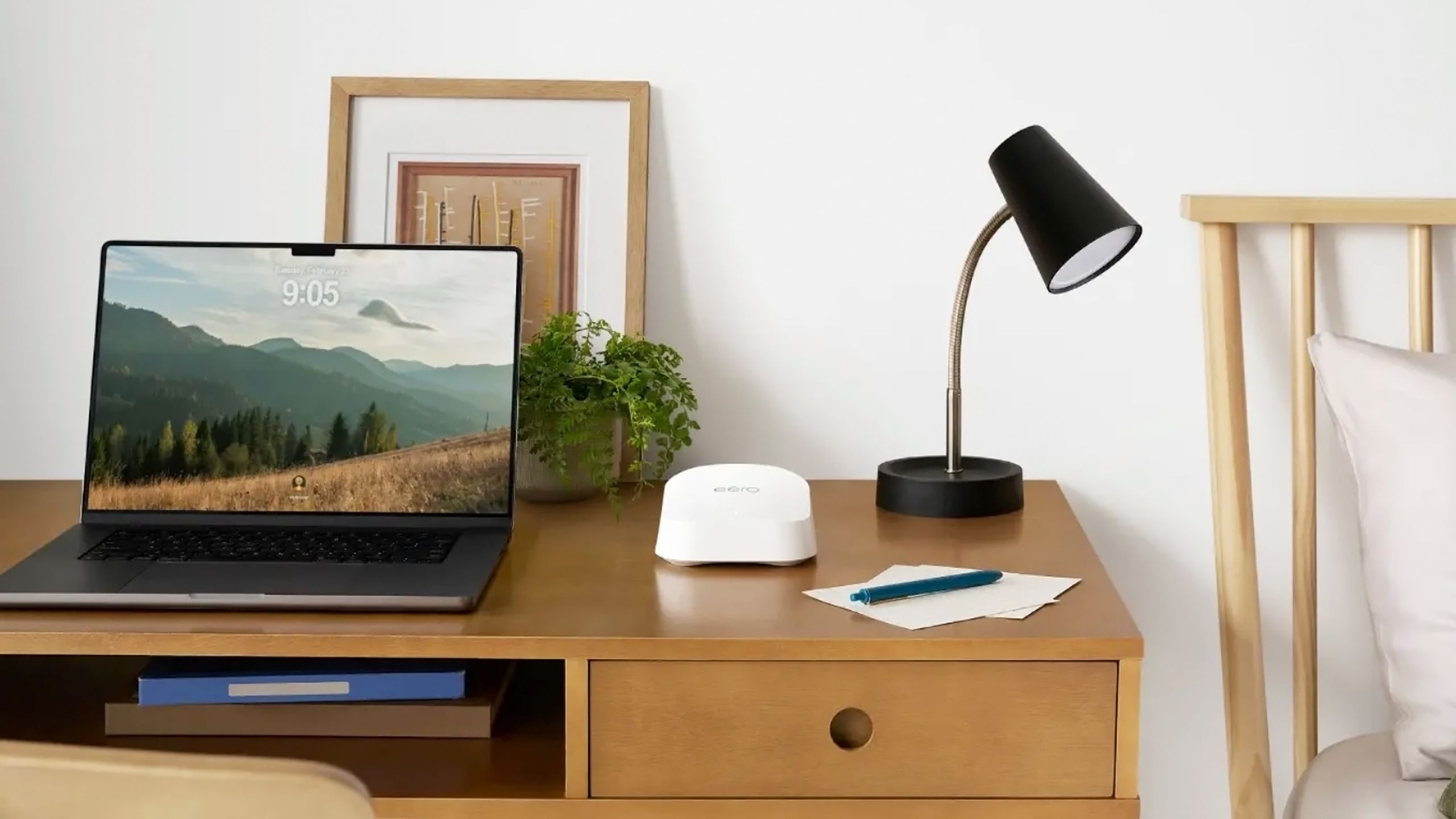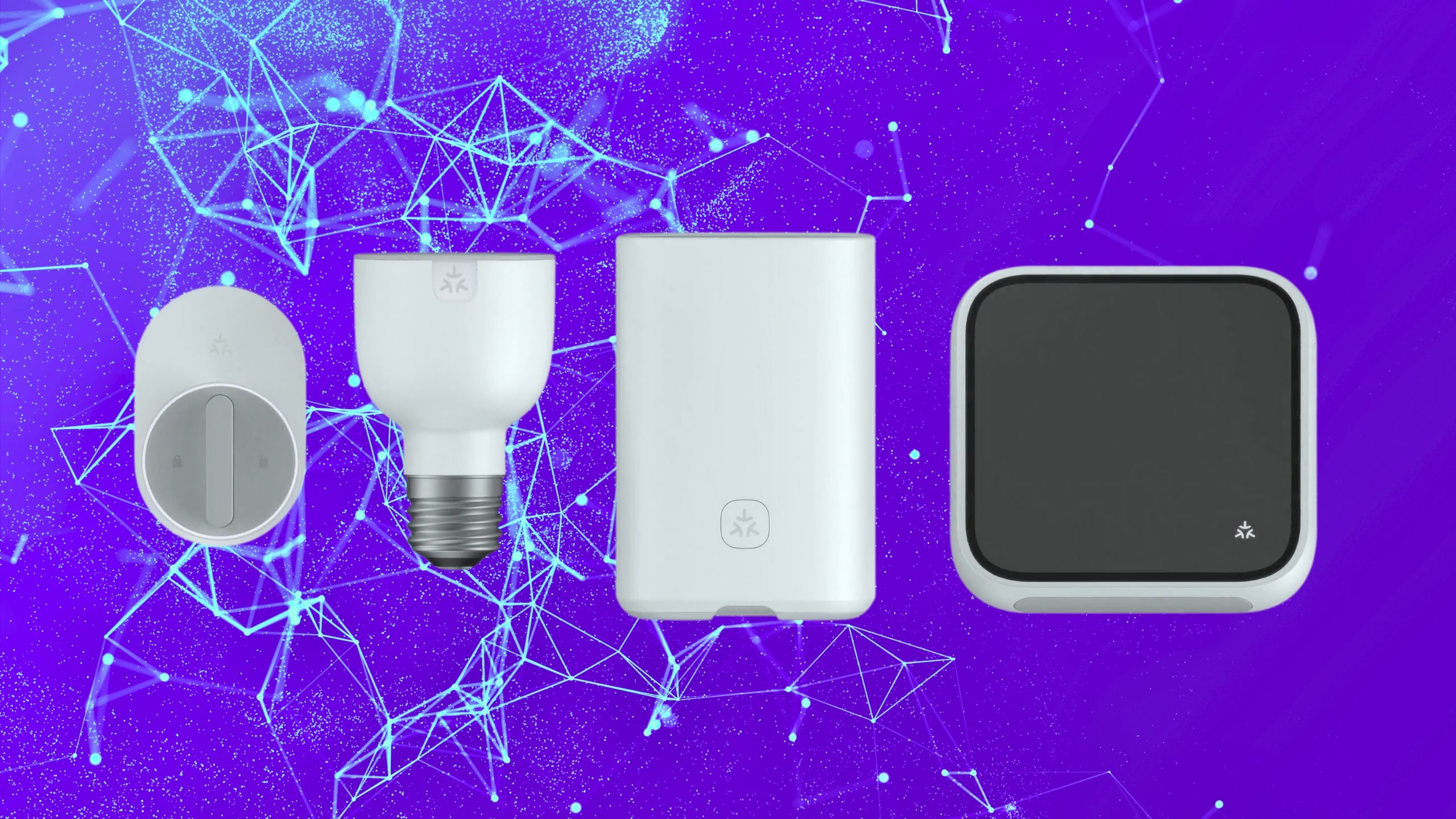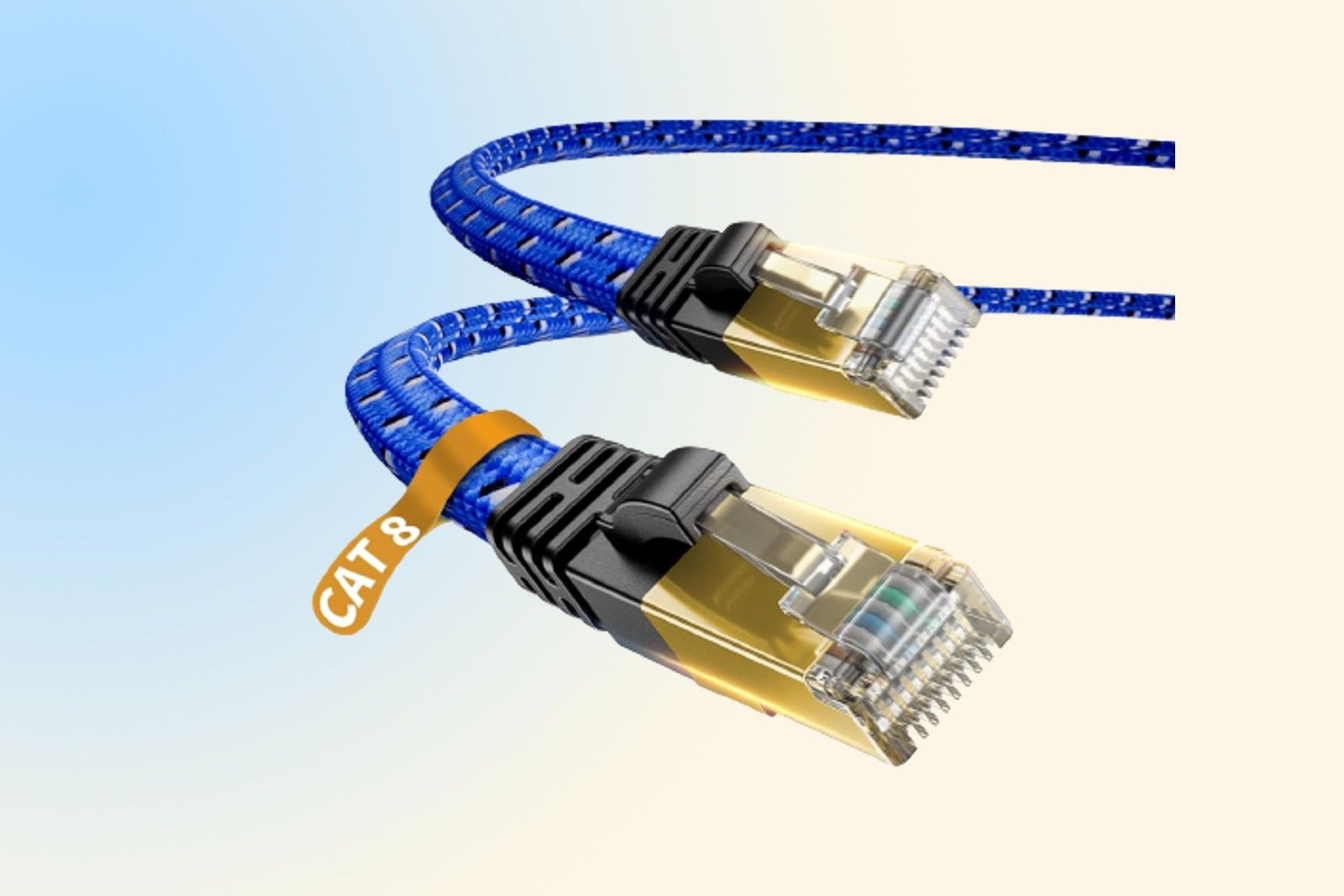Summary
- Older routers can pose security risks due to a lack of updates, as well as outdated security protocols. Hackers are always looking to exploit unpatched vulnerabilities.
- Routers with just enough bandwidth can hobble your devices, and may actually cost you more in the long run if you need to upgrade sooner rather than later.
- Many units don’t support modern smart home standards like Matter and Thread, which are increasingly de facto. That’s going to count if you’re building or expanding your home configuration.
A memory that’s oddly stuck in my brain is shopping for a Wi-Fi router early after moving to Austin. I didn’t want to spend much, since I wasn’t making much money at the time, and moving internationally was already tremendously costly. But even then, I knew that some of the routers on the shelves were clearly outdated and a bad deal. I bit the bullet and spent just enough to avoid any major downsides.
What downsides were at play, you ask? I’ll explain in a moment of course, but just to preface this list, there’s more going on than bandwidth. Wi-Fi routers tend to form the backbone of your digital life, at least in your home — so any deficiency can have outsized consequences. It’s arguably more important to invest in Wi-Fi than in smart lights or even your thermostat.
Related
4 reasons I’m not upgrading to Wi-Fi 7 (at least not yet)
Just because the tech is ready doesn’t mean you need it right away, or that you’ll even benefit.
1
The risk of security vulnerabilities
Support doesn’t last forever
One basic issue is that the older a router is, the less likely it is to receive software updates. Any decent hardware should get updates for at least three to five years, and possibly longer — but it’s important to check, since unpatched flaws could potentially be exploited by hackers. The antivirus software on your phones, computers, and other devices is meant to be the last line of defense for stopping threats, not the first.
The antivirus software on your phones, computers, and other devices is meant to be the last line of defense for stopping threats, not the first.
On a related note, all routers are dependent on an assortment of security protocols, which are periodically overhauled to be more resilient. Devices that don’t support the latest protocols are inherently more open to attack. The good news here is that the most important one — WPA3 — has been available since 2018, and mandatory for Wi-Fi certification since 2020, so you’re unlikely to be exposed unless you’re unboxing an old router from your storage room.
Some routers may come with additional security tools, but these are usually just a perk. When you’re shopping, focus on protocols and updates before anything else.
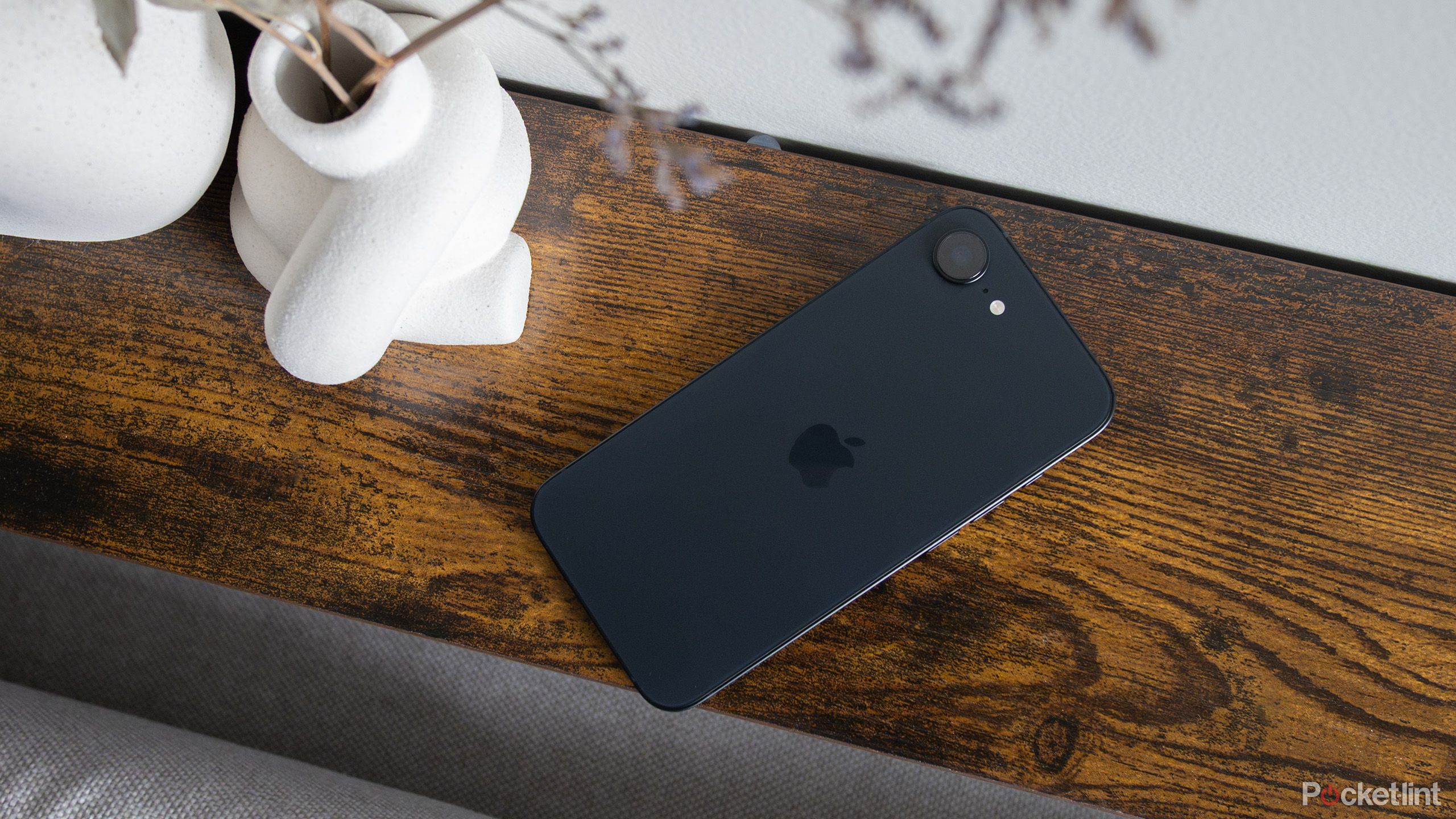
Related
4 iPhone security features I like to turn on right away
You can potentially save yourself a lot of grief and frustration.
2
The bandwidth problem
It’s always better to futureproof
Eero
The most advanced versions of Wi-Fi always cost extra, all other features being equal. Wi-Fi 7 is more expensive than 6E, for instance, which in turn is more expensive than Wi-Fi 6. As a consequence, it can be pretty tempting to go with the lowest spec that meets your requirements. Wi-Fi 6 routers are hardly terrible, in fact — they’re still sufficient for a home with 4K TVs, gaming systems, and smart home accessories.
You probably don’t need to invest in state-of-the-air technology, but going a notch (or two) over the baseline will keep your router relevant for longer.
“Sufficient” is the operative word, though. An old router can quickly feel like a relic if it doesn’t maximize your devices’ bandwidth. Many routers don’t even fully exploit the standard they’re based on, so there could be a huge gulf between a low-end Wi-Fi 6 router and something like my Eero Pro 6E, never mind a business-level Wi-Fi system.
You probably don’t need to invest in state-of-the-air technology, but going a notch (or two) over the baseline will keep your router relevant for longer. That can actually save money over time.
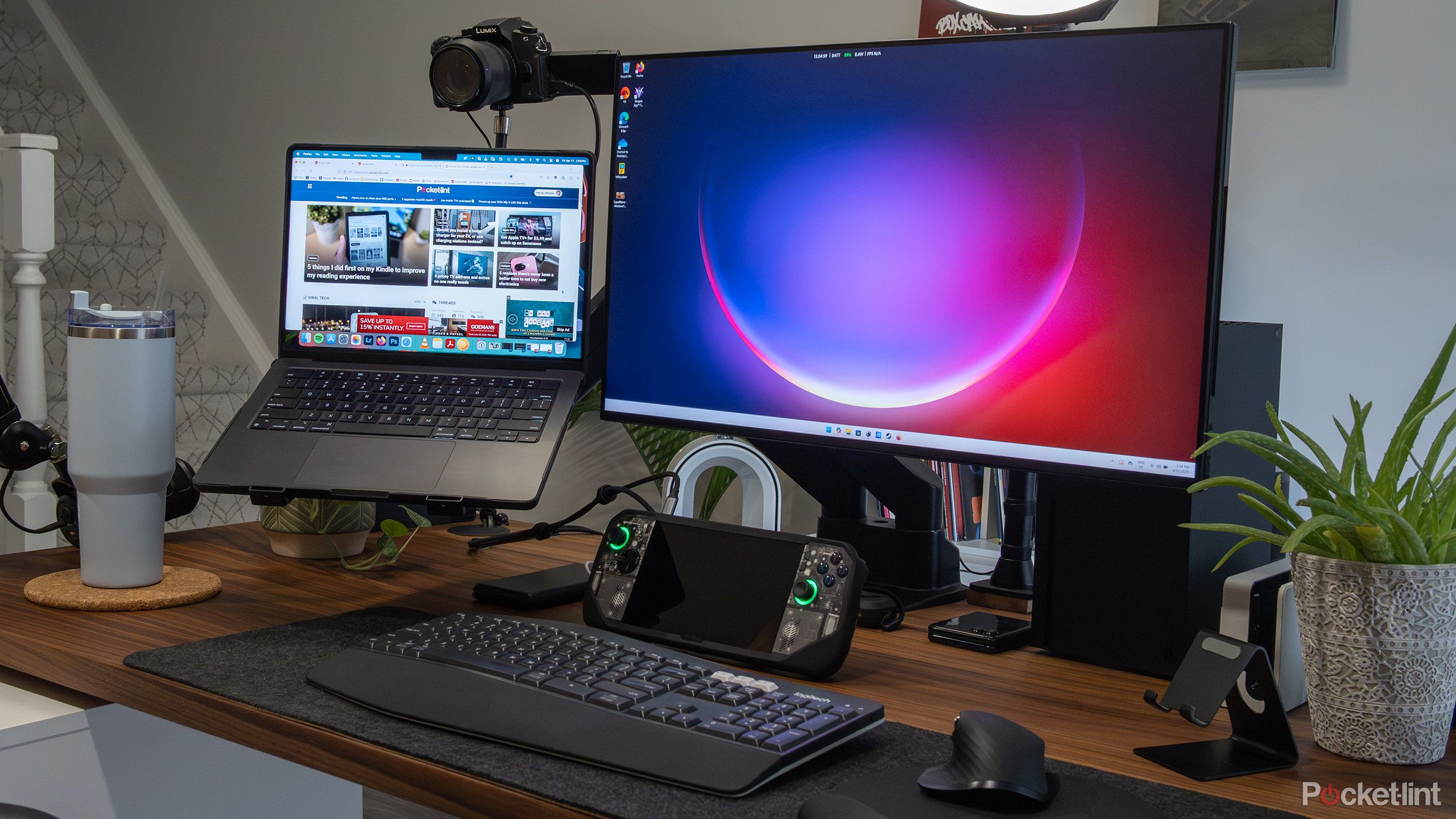
Related
I will never use a 4K TV for PC games (and you probably shouldn’t either)
Gaming on a TV can be excellent, but you might be missing out.
3
Support for the latest smart home standards
Matter matters
CSA/Pocket-lint
Newer routers are more likely to work with two key smart home standards: Matter and Thread. Matter is a protocol that enables universal pairing for accessories, instead of requiring them to support standards like Amazon Alexa, Apple HomeKit, or Google Home out of the box. Thread, meanwhile, is a low-power mesh protocol for products like bulbs, switches, and sensors that’s replacing standards like Z-Wave and Zigbee.
If you’re not familiar with smart home tech, or already have a working setup, you might not care at the moment. But as I hinted, Matter and Thread are increasingly becoming de facto, and a system with extra Matter controllers and Thread border routers is inherently more stable — it means one can go down and leave your home running smoothly. A few companies, like Philips Hue, may be clinging onto Zigbee for the moment — but I’d bet on their gear gaining Thread support in the next two or three years.
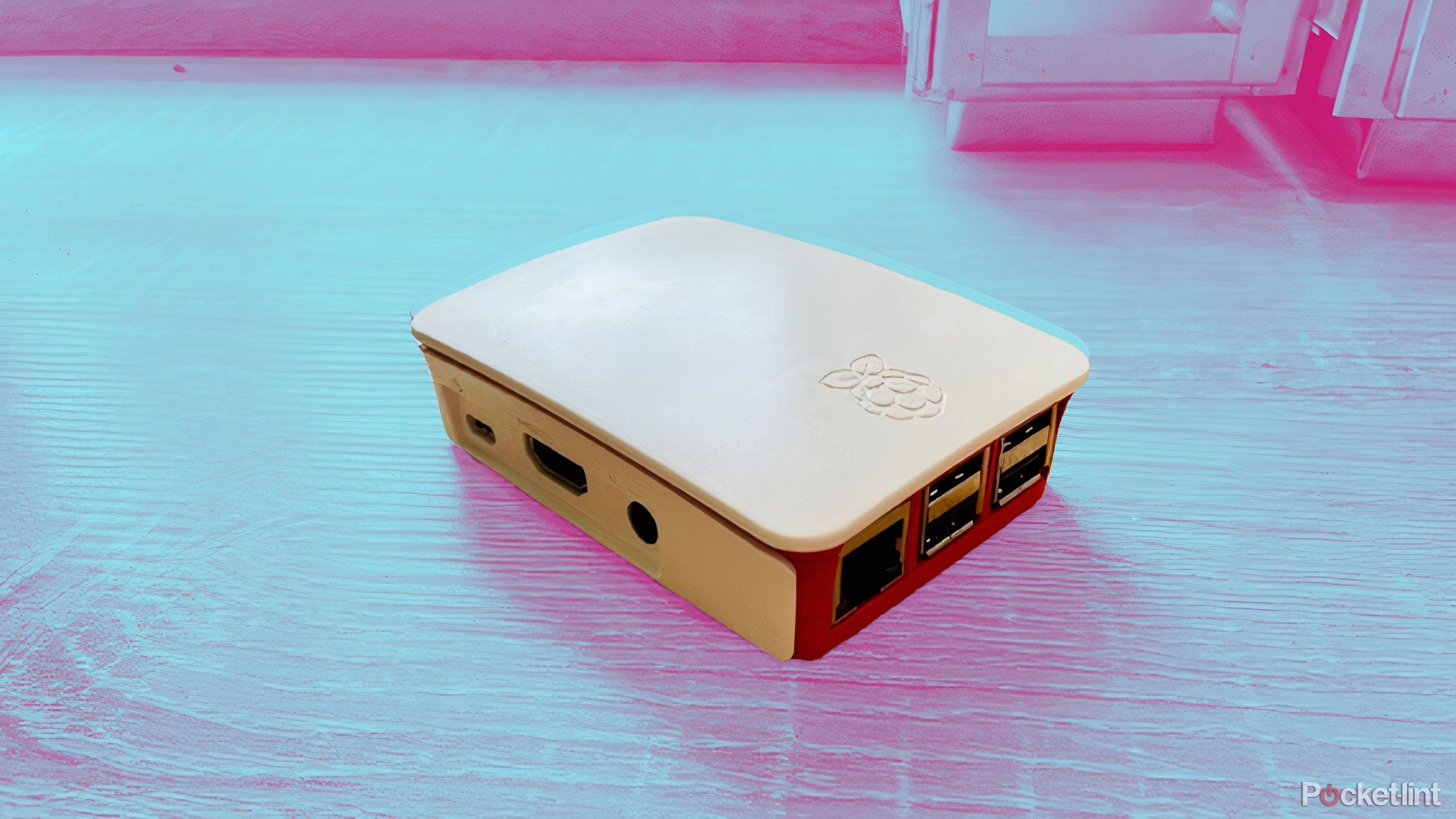
Related
How I made all my smart home devices HomeKit compatible with a Raspberry Pi
Run Homebridge on your Raspberry Pi to connect incompatible devices.
4
Ethernet and USB ports may not be up to snuff
Don’t pay for multi-gig internet without reading this first
DanYee / Pocket-lint
For a little while, the performance of Ethernet and USB ports on a consumer router wasn’t a big deal. Router makers had mostly settled on gigabit Ethernet, since it was more than enough for the average modem connection (WAN) and many local-area (LAN) devices. As for USB, 2.0 and 3.0 speeds were enough for things like network-attached printers, and maybe some low-demand file servers.
Your router needs to have a WAN connection to match the bandwidth in your internet plan.
Now, though, gigabit internet is increasingly commonplace, and a few internet service providers are selling multi-gigabit plans. If you sign up, your router needs to have a WAN connection to match — a 2-gigabit plan demands a 2.5Gbps Ethernet port and cable, for example. If you’re rolling in cash, you may even need 10Gbps Ethernet, though at that point you’re probably going to be buying a top-of-the-line Wi-Fi 7 router anyway.
With USB, you may not need anything more than a 3.0 port — but if you’re lucky enough to encounter one, 3.1 or faster is obviously preferable. USB-C is similarly rare, at least outside of power sources, but I’d expect that to change. Costs are coming down, and it’s hard to ignore the format’s size, convenience, and growing prevalence among consumer electronics. No one should need an adapter cable just to hook up an SSD full of music and movies.

You might also like
Everything you need to know about PEVs, or personal electric vehicles
You can use PEVs like e-bikes and scooters to explore, run errands, or speed up your commute.
Trending Products

Logitech MK470 Slim Wireless Keyboard and Mouse Co...

Wireless Keyboard and Mouse Combo, 2.4G Silent Cor...

HP 17.3″ FHD Business Laptop 2024, 32GB RAM,...

Wireless Keyboard and Mouse Ultra Slim Combo, TopM...



